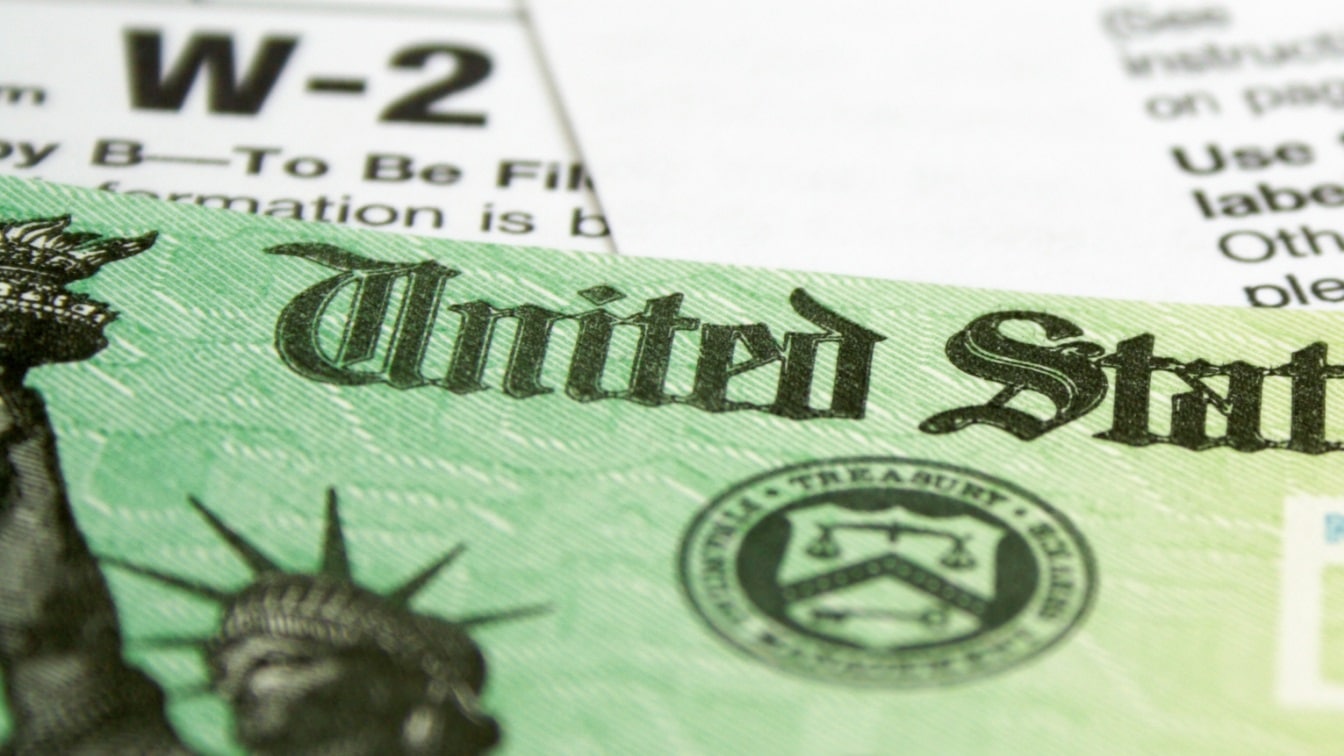How the Extended Child Tax Credit Could Make a Comeback: In January, the Biden administration’s one-year expansion of the child tax credit (CTC) program expired after Congress chose not to renew it. Beginning in July 2021, the program gave American parents up to $3,000 per child between ages 6 and 17 and $3,600 for children up to the age of five.
What Is an Extended Child Tax Credit, and Why Was It Extended?
A child tax credit is a deduction to the credit accrued by a taxpayer that is determined by the number of children a taxpayer has, and typically also their age.
Under the Biden Administration’s American Rescue Plan, which provided emergency grants and direct relief to American people and businesses in response to the COVID-19 pandemic, most families were automatically enrolled into the program and received monthly payments of between $250 and $300 per child.
The legislation instructed the Internal Revenue Service to automatically sign the stimulus checks to those who had already filed 2019 or 2020 tax returns, meaning most people did not need to take any action.
What’s Happening Right Now
The expansion of the child tax credit scheme was set to expire in 12 months, meaning the decision not to renew the scheme does not mean families immediately lose out on payments. Those who received payments between July and December of last year should expect another six months of payments.
However, only those who file their 2021 income taxes this year will be issued the payments. They will also not be mailed monthly checks, but will instead be paid a lump sum much like a typical tax refund.
Critics argue that the move makes it harder for families to pay monthly bills with a lump sum CTC payment, and that lower-paid families are less likely to file income taxes as they often do not earn enough to file.
According to the Social Policy Institute at Washington University, which studied Census Bureau data to determine the impact of the payments, the money was largely used by families to help pay for essentials during the height of the pandemic and lockdown. Roughly 35 million households received the payments and around 70% of those who received the funds used it to pay for food, other household essentials, and to clear debt.
Child Tax Credit: Can It Make a Comeback?
The chances of extended CTC returning appear slim, with the 2022 midterm elections on the way and moderate Democratic Senator Joe Manchin citing plans to further extend the scheme as a reason why he could not support his party’s huge $2.2 trillion budget reconciliation package.
President Joe Biden promised to “get something done” with Manchin on December 21, citing the failure to pass the sweeping bill, but there has been little progress since. Democrats must now consider axing the plans entirely or proposing a more modest and semi-permanent extension to the CTC system that may appease both moderates and progressives in his party.
It remains to be seen, however, whether the promise of more government handouts will help the Democrats maintain control of both chambers of Congress in November’s midterm elections – which will take place as America reaches the end of the third year of the pandemic.
Jack Buckby is a British author, counter-extremism researcher, and journalist based in New York. Reporting on the U.K., Europe, and the U.S., he works to analyze and understand left-wing and right-wing radicalization, and report on Western governments’ approaches to the pressing issues of today. His books and research papers explore these themes and propose pragmatic solutions to our increasingly polarized society.

